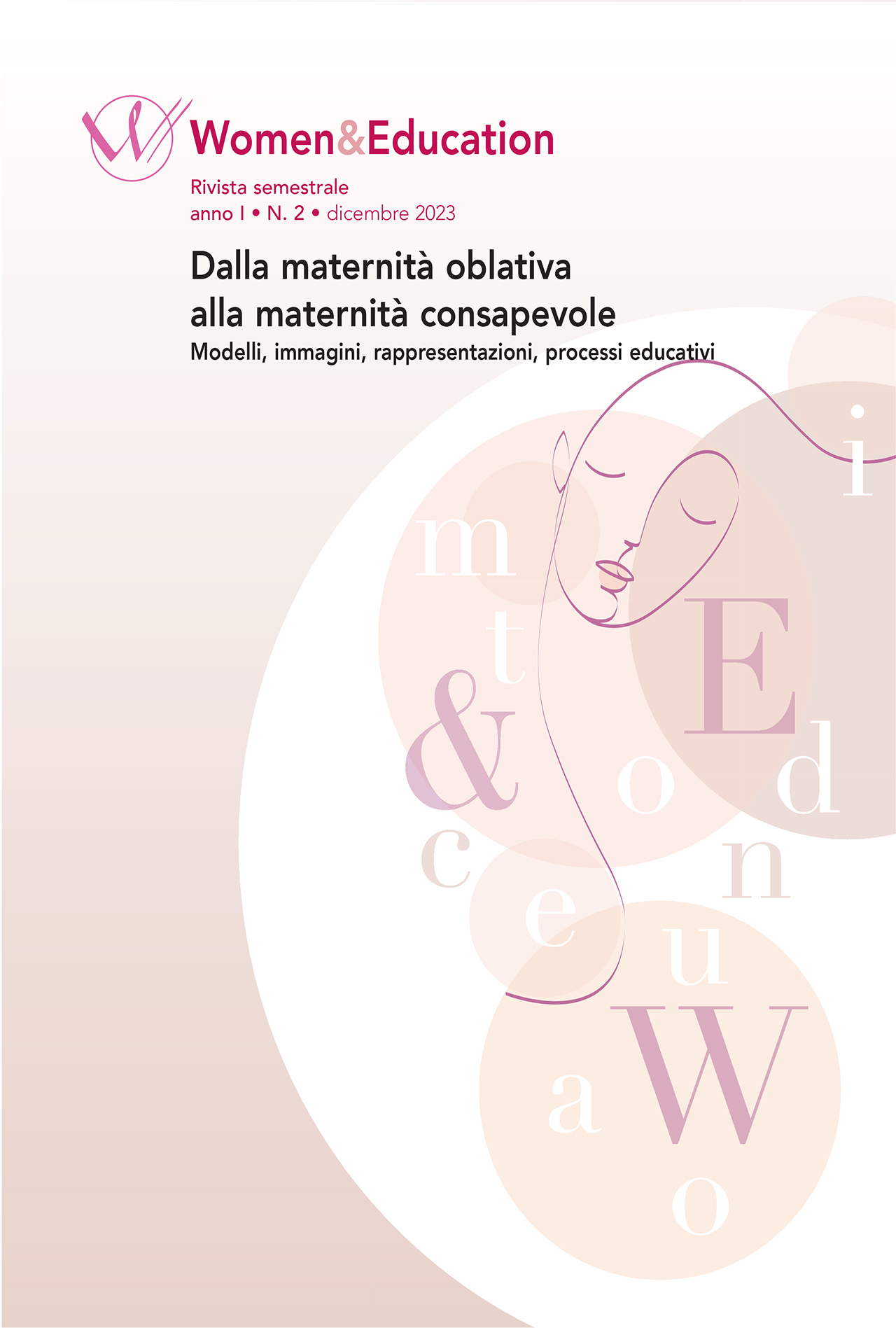The 1977 Equality law and the disarticulation of the link between maternal function and "feminine specificity"
DOI:
https://doi.org/10.7346/-we-I-02-23_03Keywords:
work, parity, patriarchy, sexualization, feminismAbstract
The aim of the paper is to highlight the sometimes problematic but extremely fruitful intertwining which occurred
between the feminist movement of the seventies and the season of legislative reforms that took place throughout the
decade and helped to lay the foundations, in our country, of a modern welfare state inclusive of women's rights.
In particular, the research would like to explore the coming into force of the Law of 1977 named Equal treatment of
men and women in matters of work, promulgated by Tina Anselmi, the first female Minister of Labour in republican
history, thanks also to the contribution of the political forces of the left (Pci and Psi) in which, at least on the legislative
level, some ambiguities that were still present in the Constitution are overcome.
In fact, while article 37 of the Constitution combined women's right to work with the recognition of their family function, in the equality law employment placement is unrelated from a domestic definition of femininity.
For the first time, the recognition of the female right to full integration into the workforce is considered essential,
together with the need to reduce the gap that separates the powers of the two sexes in the family, as indeed the 1975
family law reform already was in charge of doing. In that law, in fact, it had been unhinged, from a legal point of view,
that patriarchal structure of the welfare state mentioned by Carole Pateman, centred on a division of labour on a sexual
basis and on a vision of the contribution of women in a subsidiary and complementary function to the income of the
male breadwinner.
Downloads
Published
Issue
Section
License
Copyright (c) 2024 Women&Education

This work is licensed under a Creative Commons Attribution 4.0 International License.

